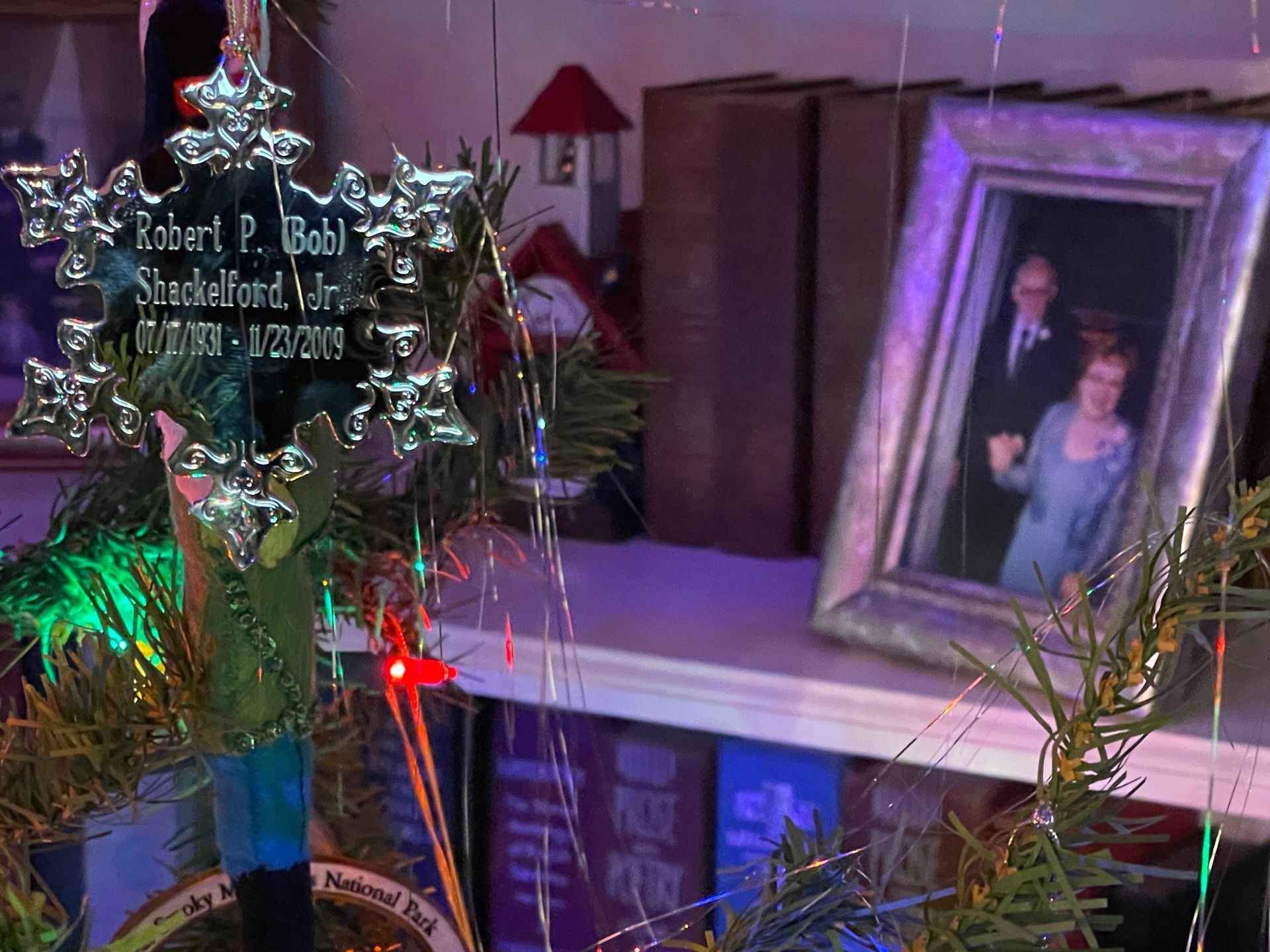Every Path Is Different
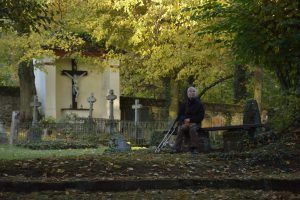
In the cemetery there is a path worn to one particular grave, a path that is literally walked every day by a gentleman carrying a lawn chair. He comes in the early morning hours, before the sun makes its way overhead, parks as close as he can without leaving the drive, then takes the chair from his car and makes his way to the grave of his wife. Every day. Without fail.
Across the county the mortal remains of a young man rest at the very edge of another cemetery, as close to the boundary line as possible while still being within its hallowed ground. His parents chose that space for him when he died unexpectedly decades ago. Then they sold their farm, which was several miles away, and bought a building lot as close to the cemetery as possible. Actually, only one lot stood between them and his grave. That would have been the chosen one but a house was already there. They built a new house as close to their son’s resting place as possible, and every morning—and every evening—as long as her health allowed, his mother would walk from her home to his grave to spend time with him.
I don’t know what these folks do—or did—as they faithfully visited the grave of someone they loved and lost. I don’t know what conversations were held or if silence and contemplation were the order of the day. But I do know why they went. They went because they missed them. They went because being that close to their physical bodies was comforting.
There are some of you who may tell me those visits and those conversations are silly, a waste of time since that person is no longer there. What made them who they were was taken by Death, leaving a shell and nothing more. And I will tell you that you are wrong. That “shell” is the physical representation of the person, the home they occupied for their entire lives. When they are remembered, that is the mental picture that forms—and it is the tangible part that remains when Death claims the rest. It was important to the people who loved them in life and, to them, it is still important in death.
There are some of you who may tell me that type of dedication isn’t helpful, that it could actually be harmful. And again I will tell you that you are wrong. If you have been so dedicated to someone in life, it is unreasonable to believe it should immediately cease at death. And if those daily visits help the grieving to process and work through their loss, who am I to say it should not be done?
Everyone learns to accept death differently, each finding their own way through the fog. For some that means a daily visit to the cemetery; for others, the occasional trip, and for the rest, never returning after the burial is complete. None of those paths is the wrong direction, as long as it’s the direction that suits them the best.
The post Every Path Is Different appeared first on Shackelford Funeral Directors | Blog.

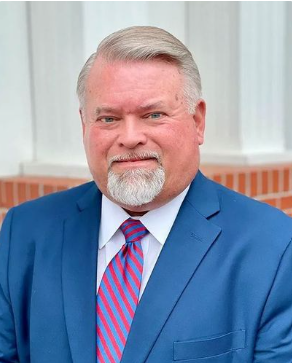
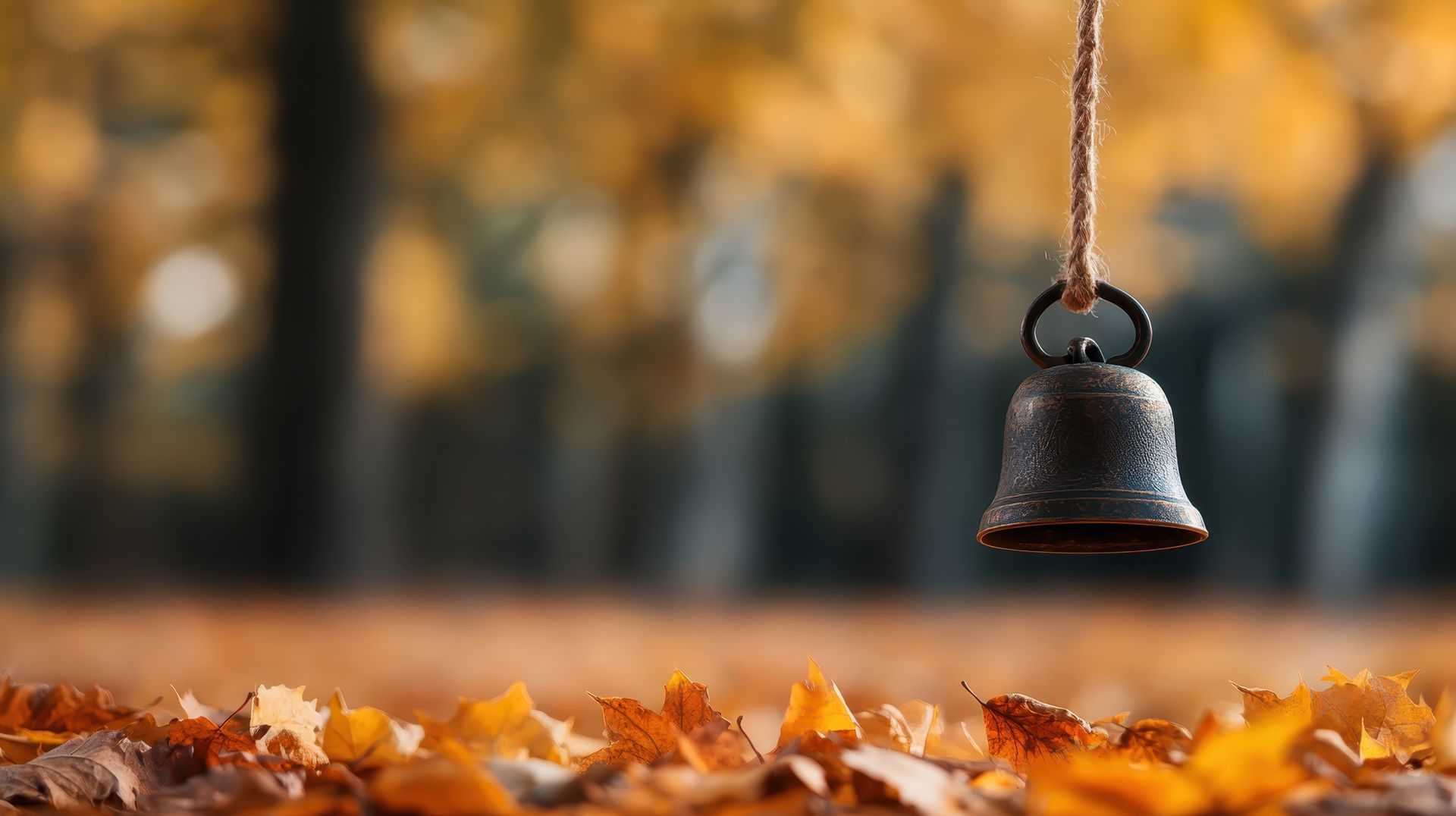



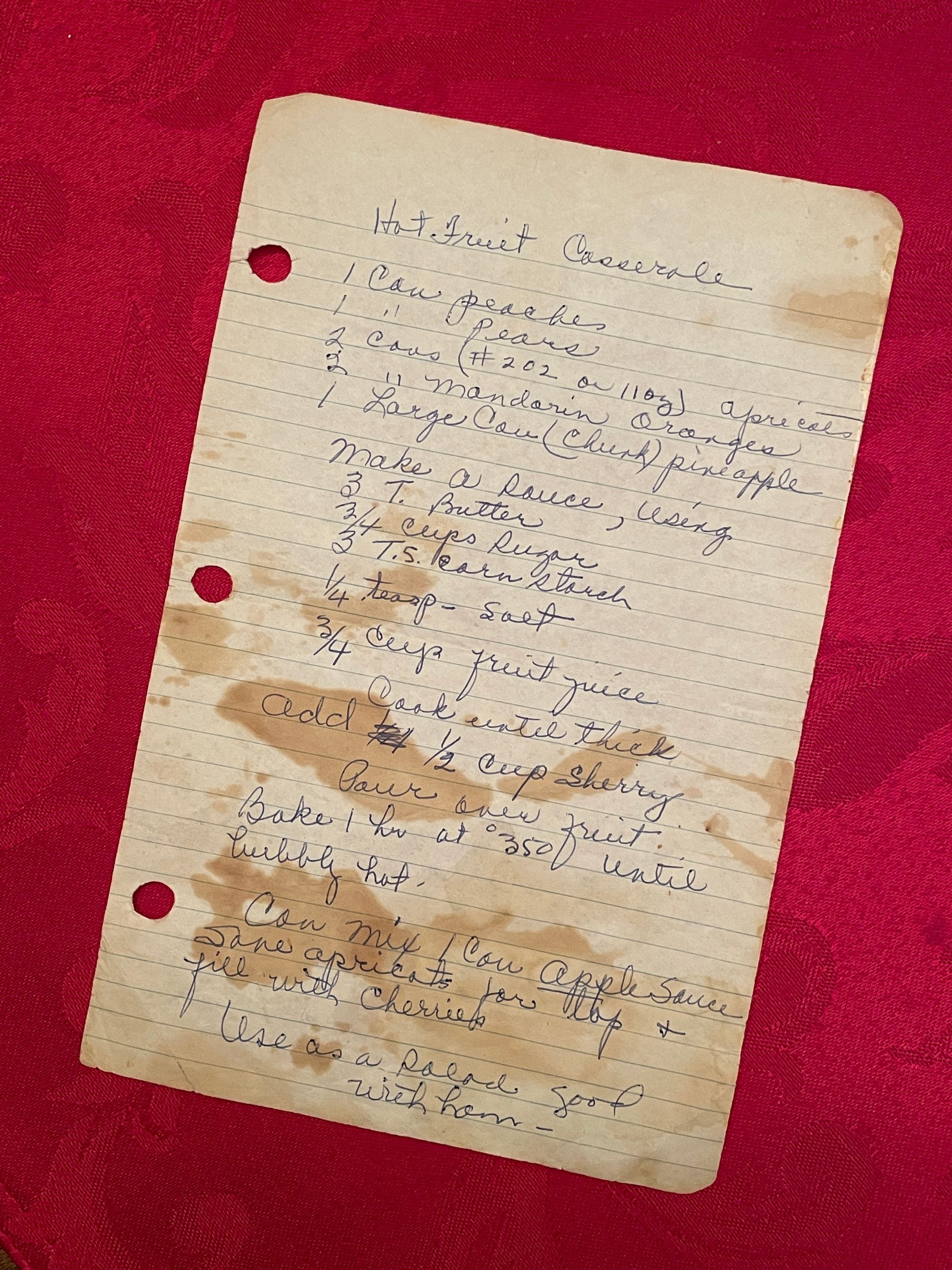
A Year of Grief Support
Sign up for one year of weekly grief messages designed to provide strength and comfort during this challenging time.
Please wait
Verifying your email address
Please wait
Unsubscribing your email address
You have been unsubscribed
You will no longer receive messages from our email mailing list.
You have been subscribed
Your email address has successfully been added to our mailing list.
Something went wrong
There was an error verifying your email address. Please try again later, or re-subscribe.


